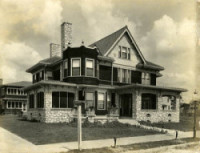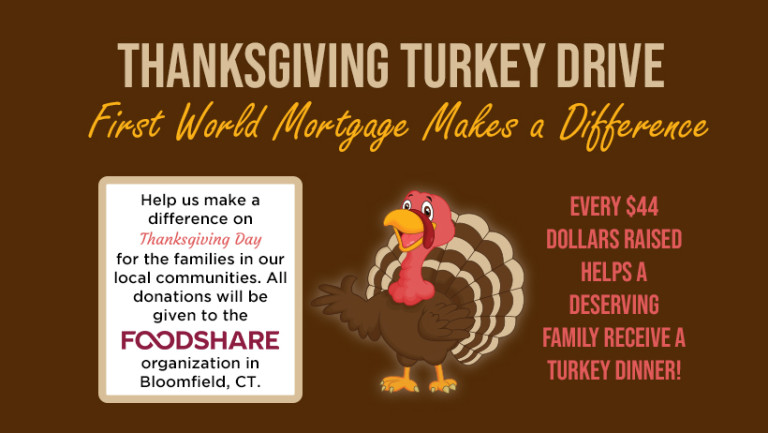The word ‘mortgage’ is normally used to refer to a mortgage loan. A buyer is able to obtain financing in the form of a loan from a financial institution to acquire a property. The loan has features such as the period, the interest rate and the size of the loan. These can vary from one loan to another. We have the French Law to thank for the term mortgage. It translates as “death contract”. The agreement ends or dies when either the loan has been repaid or the property is returned to the lender through what is termed as foreclosure. The word mortgage should engender joy and happiness like the other pledge that goes “until death us do part”.
The good old days
Up until the 1930s the number of households that owned their homes counted four out of every ten. At that time the value of the loan was limited to fifty percent of the market value of the property. A balloon payment signaled the end of the contract which was normally scheduled over three to five years. At that time the majority of Americans were renters rather than owners. The traditional procedure was for interest-only payments that would end with the balloon payment equal to the original value of the loan.
FHA to the rescue
In 1934 the Federal Housing Administration entered centre stage in order to assist pulling the country from the Great Depression. It lowered the requirements for down payments and initiated programs that offered eighty percent loan-to-value. Banks and lenders followed this trend creating many new opportunities to obtain a home. The FHA qualified people for their ability to pay back and lengthened the period to 15 years. Quality standards in home construction were also set that had to be met to qualify for a loan. The balloon payment also disappeared by reducing the initial value of the loan gradually.
Into the digital age
Today some of the rules of the game have changed (e.g. the possibility of a 30-year loan) but otherwise an old timer today won’t feel too much out of place. Well, except of course that mortgages have also moved into the digital age. When applying for a loan a batch of information has to be provided. This information is then validated to determine if one qualifies. Much of this information has over time appeared on different computer systems and after the initial submission most of the work is done digitally.
The latest development, however, is that a digital front-end has emerged that allows the lender to be involved in the process even after the submission phase. All parties are kept in the loop and the lender (that is you) can log in directly, request modifications and get answers to questions regarding the progress of the request. This is not only easy to use but also generates trust as the process is more transparent. The time it takes to complete the process is reduced. This development has been welcomed by lenders from all over the U.S.A. as it allows them to have the latest information at their fingertips.



